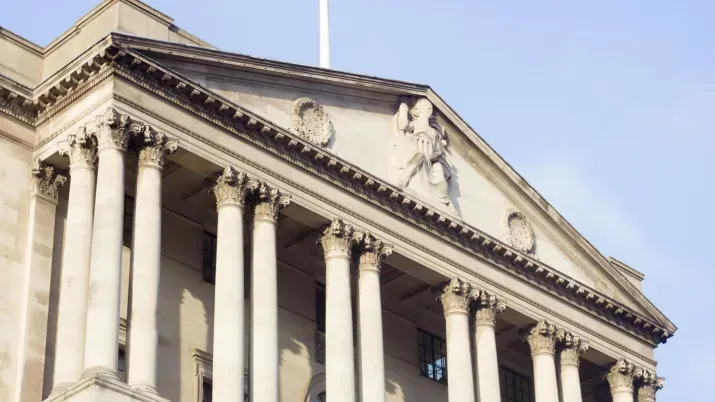A big week for US treasuries as the Fed holds rates steady
TwentyFour
The million-dollar question for investors this year has been where the relentless march in government bond yields was going to end. The move in the recent few months has been particularly interesting, as we blogged about recently here with the short end remaining relatively stable against a long end that has sold off aggressively, re-steepening the treasury curve by some 55bps since the beginning of September.
This has resulted in a further breakdown of correlations with spreads widening by circa 70 bps in high yield, while the S&P briefly entered correction mode as it fell marginally more than 10% from recent peaks.
Much talk has been spent defining the drivers of this move, both from Federal Reserve members and the market, and in truth there are several drivers that have worked concurrently to pressure government bond curves, including stronger economic data and the Fed’s “higher-for-longer” rhetoric.
Another driver, however, and one we think has been particularly relevant for longer-dated treasuries in recent months, has been government bond supply. Given a $2tn budget deficit and a Fed that is rolling assets off its balance sheet at a pace of $60bn a month, the market has had to take down a large amount of supply, with the last quarter seeing a big increase in the issuance of longer dated government bonds.
It is no surprise to us then, that this week’s QRA (quarterly refunding announcement) has garnered almost as much focus as the Federal Open Market Committee, and in this regard, there have been some positive developments. The Treasury announced on Monday that the level of issuance for the next quarter will be ~$80bn lower than the prior, driven by a higher tax take than previously expected.
This in itself is not necessarily bullish for long bonds if the higher tax take comes from much stronger growth, particularly if the Treasury had reduced this supply via bills. But what was interesting yesterday was the composition in supply of “coupon” (i.e. treasury bonds than are longer than bills). The previous QRA at the back end of August, pointed to an increase in duration supply (quarter on quarter) of $160bn, yet yesterday’s announcement pointed to an increase of just $10bn, a significant reduction in the growth of longer-dated bond supply, and much less than the market was expecting.
We also saw an updated letter from the treasury borrowing advisory committee (TBAC) to Secretary Yellen. The TBAC is an advisory committee comprised of senior representatives from a variety of buy-side and sell-side institutions that meets quarterly with the treasury department and presents their observations on the economy and gives recommendations on a variety of technical debt management issues. For those that want to go through the letter, the link is here .
The most important thing, in our opinion, relates to their observation that much of the recent move wider has been due to technical supply factors, and the rise in term premium the market has priced in off the back of that demand supply imbalance. Consequently, the TBAC recommended that the Treasury “consider skewing increases in issuance towards tenors which have less sensitivity to term premium increases” and supported “meaningful deviation from the historical recommendation for 15-20% T-Bill share”. I.e. they are recommending that coupon supply be reduced in place of higher bill supply, potentially meaningfully so, to help support the technical at the long end.
A few hours later we also received updated views from the FOMC committee, who unanimously decided to keep rates stable at 5.25-5.5%, as expected. Jerome Powell was careful not to rule out the possibility of another hike, particularly given recent solid economic data, and it is clear the Fed is not necessarily confident that inflation will sustainably fall to 2%, but as Powell said yesterday, the “risks are closer to being in balance” and “the committee is proceeding carefully”, so the probability of a hike in December remains low at just 14%.
Ultimately, the Fed will remain data dependent as it waits to see if it has done enough, and economic data will be the ultimate driver of markets in the next 12 months. It’s early days for assessing what Q4 GDP will bring but it is fair to say that recent data for Q4 has been weaker with the ISM manufacturing index significantly underperforming forecast yesterday. A combination of worsening economic data, a better supply backdrop, in addition to a more cautious Fed, is likely to support US treasuries in the near term and lead to lower bond volatility into year end. Given the main driver for spreads to widen in the last few weeks has been rates volatility, we do believe this is not only good news for US treasuries but also for credit.






